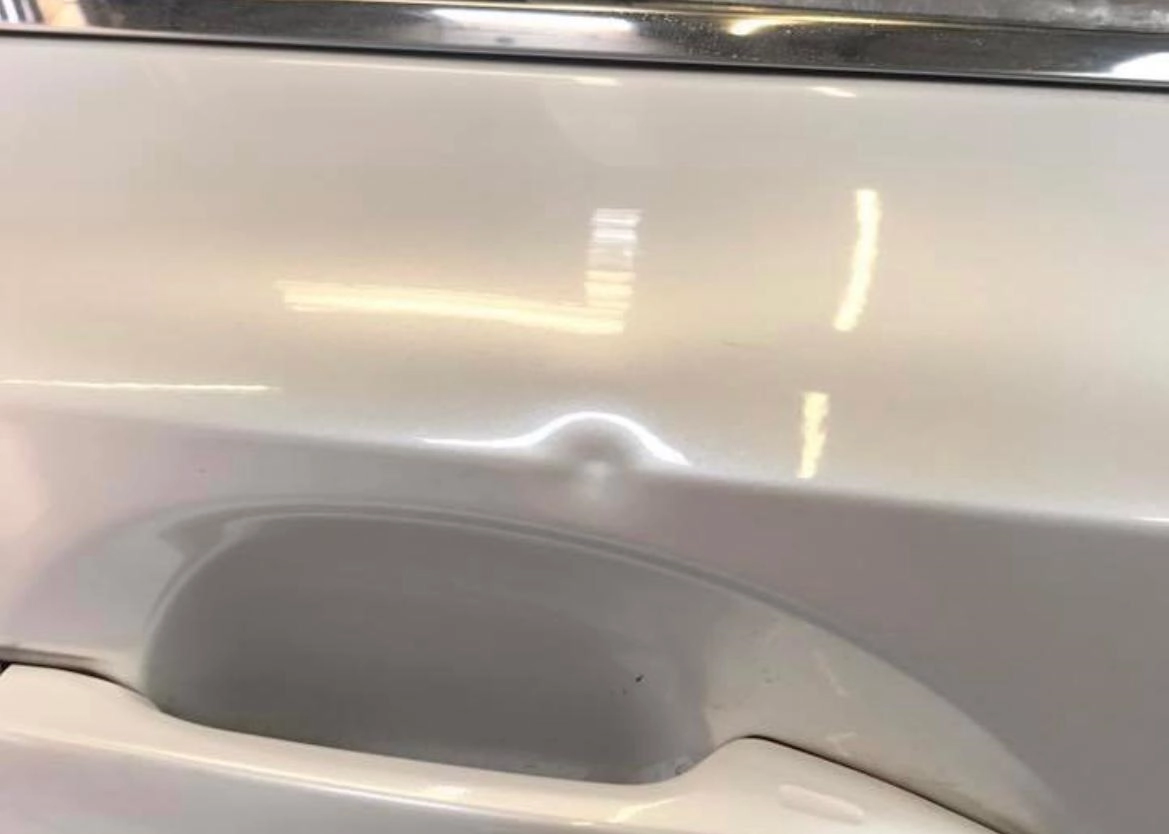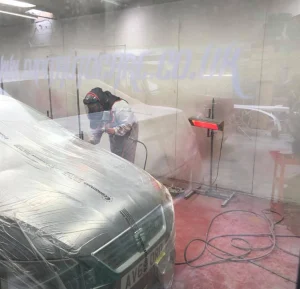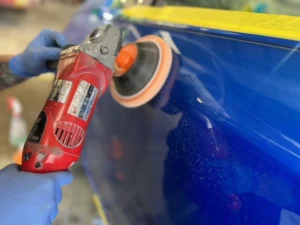PDR, also known as Paintless Dent Repair or Paintless Dent Removal, is the method used to repair hail damage, door dings, body creases, and minor dents on a vehicle. As its name suggests, PDR does not involve any paint or fillers. Compared to standard dent repair, paintless dent removal restores a vehicle to like-new condition in a way that is faster, less expensive, and even more environmentally friendly.
PDR is typically achieved via a series of crucial steps:
- Analyzing and accessing the damaged area.
- Removing the affected area panel to gain access to the posterior side of the dent.
- Slowly applying continuous pressure to both sides to work out the dent (without overcorrection).
What Dents Qualify for Paintless Dent Repair?
- Best suited for low force impacts, paintless dent repair is a process for most minor dings. Light or minimal hail damage, impacts from stray balls in the driveway, and other “door dings” usually qualify for PDR.
- When you take your vehicle in, the body shop will look for how far the metal on your car has been “stretched” due to the dent. They will examine the shape and depth of the dent. The smaller and more shallow the dent, the more PDR is a viable option.
How does PDR work?
Our highly-skilled technicians use specialist tools like body picks and metal rods to push the dent out from the inside.
The PDR technician will first assess the damage. The goal is to find out how big the dent is, how it can be accessed, and whether PDR will work.
The next step involves gaining access to the back side of the dent. Parts of the vehicle, such as headlamps, may have to be temporarily removed to access the car panel. Once there is a clear pathway to the dent, the process can begin.
Slow pressure is used to gently push the dent outward and restore the exterior to its original condition. It might sound simple, but PDR is a carefully honed craft. That’s because without the required training, an amateur could easily push too hard and cause the dent to bulge outward.
Limits of Paintless Dent Repair
PDR only works if the dent has not seriously chipped or cracked your car’s paint. Anything that has caused deeper damage, or damage that is noticeable from a distance, will be too severe. If the dent is wider than your balled-up fist, or goes deeper into a door or panel than a half-inch, alternative measures are probably your best bet.
If the dent is too large, the process of working the panel out from both sides will likely stretch the metal and cause further imperfections. And if the damaged area consists of a deep crease or cut, PDR is also out of the question.
What’s the difference between paintless dent repair and traditional dent repair?
As we’ve already mentioned, PDR is more efficient and less costly than traditional dent repair.
Conventional dent repair is achieved through working the metal, filling the dent, sanding, and then painstakingly re-painting and blending. Using this traditional process to repair the dent is far more time consuming, labour intensive, and expensive than PDR.
That said, in some cases, both traditional methods and paintless dent repair are required to repair the vehicle to its original condition.



